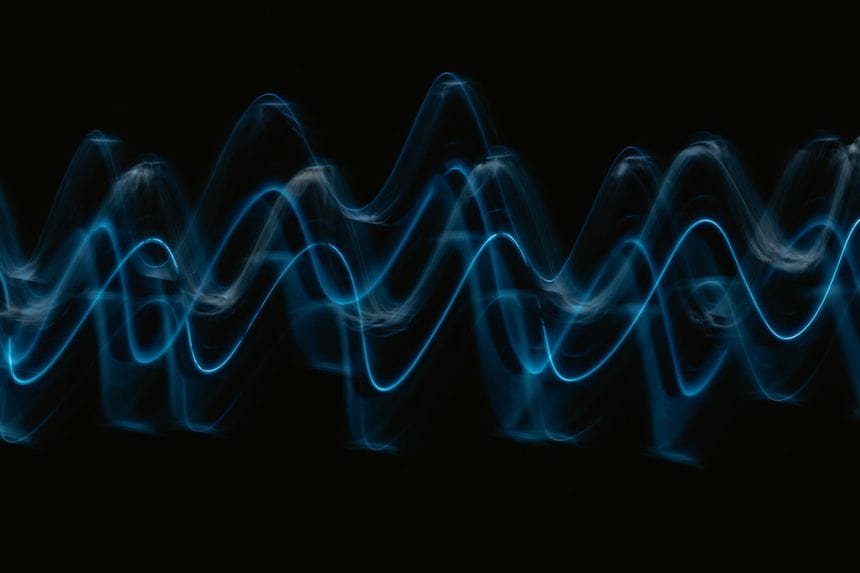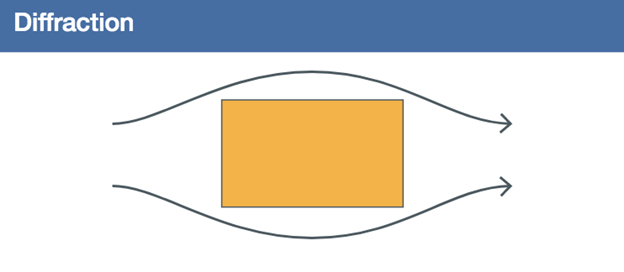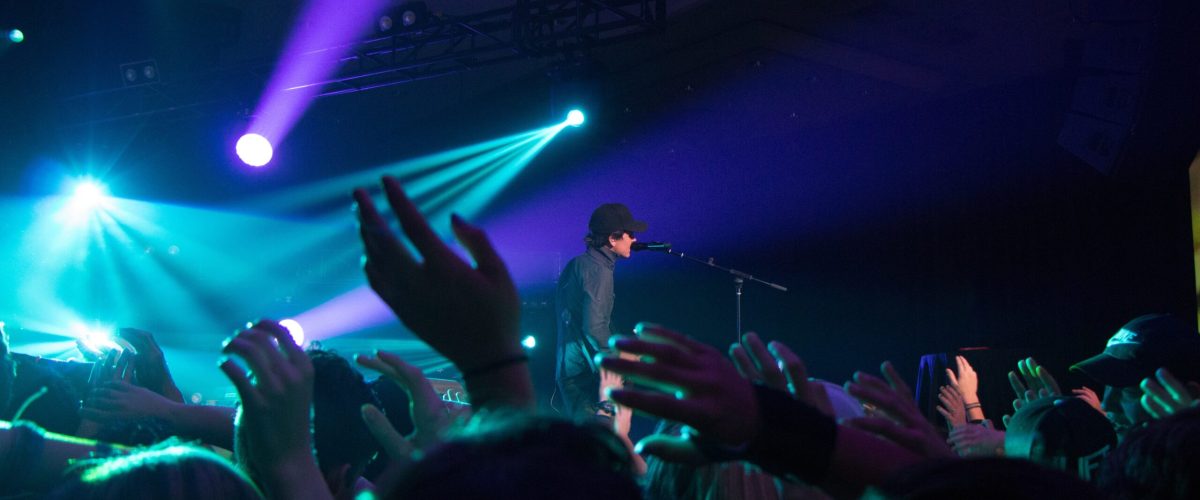Music venues spend a lot of time addressing the production audio needs for their events. Whether it’s an outdoor temporary stage, a nightclub venue, theater, performance center or even a concert hall, a lot of effort and resources are directed at the PA system with the right mixing board, amplifiers and speakers for the performances to take place there.
What sometimes is lost in all this preparation are the acoustic properties of the performance site. One of the most recent examples of this failure was the opening of U.S. Bank Stadium in 2016. One of the early concert events was a Metallica concert. The fan experience at that concert was disappointing because of the poor acoustics of this brand-new stadium. Millions of additional dollars were spent after it opened to address the acoustical problems with the facility.
This is a perfect example of addressing sound needs without addressing the equally important acoustic requirements for the venue.
No matter what the size of music venues or performance areas, you should be looking a creating a great fan experience. Venue acoustics should be a crucial part of planning for your events.
Understanding How Acoustics Affect Sound is Fundamental to Planning Music Venues Performance Spaces.
The first thing that intimidates those of us involved in producing entertainment is that acoustics is a branch of physics concerned with the study of sound.
Audio Versus Acoustics

If we want to understand how sound affects a listener, we need to analyze the three components involved. They include the source of the sound, the pathway to the receiver, and the receiver itself. During concerts, the receiver is most often a human listener in the audience. To change the sound volume or quality means manipulating one of these three elements.
For example, If I wanted to increase the sound volume in music venues, I can increase the gain on the source or I could move the receiver closer to the source. I can also remove things that absorb sound in the pathway to the receiver as well.
Defining the Acoustics of an Entertainment Space
When a speaker, singer or musician produces sound, the sound waves are projected outward from the source and get absorbed or reflected by the surfaces they encounter along the way to the receiver. Acoustical properties or the acoustics of an area are the way the sound waves interact with the music venues spaces’ environment.
The Ways in Which Sound Waves Interact with Their Environment.
Except for a large empty field, a so-called free field environment, where the only thing that affects the path is distance, other spaces have objects contained in them that affect the patch from the source to the receiver. As sound runs into things, it is affected in several ways. Sound waves, like light waves tend to travel in a straight line.




Refraction: Refraction typically does not impact the sound waves generated during concerts or speaking engagements. It refers to sound bending because of the speed change that results from traveling through a different medium or temperature environment.
Indoor Acoustic Issues
The acoustics of music venues is the behavior of sound waves within them because of the objects it encounters in its pathway between the source and the receiver in the ways explained above. Venues need to optimize their acoustics, taking into account both the properties of the performance space but also the type of audio that will be played there. Space issues include the size and shape of the room, the materials used for both the structure and furnishings, and the size and configuration of the expected audience. The optimal acoustics are different for an acoustic performance as opposed to a rock band performance. Most rooms are set up as the best compromise for the kinds of sound that will take place in it.
Reverberation: How Much is Right for Music Venues?
Reverberation is the persistence of sound after the original source of it has stopped. It’s caused by multiple reflections from various surfaces, such as walls, furniture, etc. These multiple bounces of the same noise in essence reflect the same noise multiple times. While both reverberation and an echo describe a sound that persists after the source stops, an echo is a little different from reverberation is that it’s a distinct reflection of the exact source sound while reverberation is reflecting different bounces from various surfaces of the source sound.
Reverberation is multiple echoes emanating from reflective surfaces in the space. These reflections build up as the “echo” bounces from one hard surface to another gradually being absorbed over time by other absorbing objects in the space. It’s the reason the sound from an event held in a gymnasium or school auditorium that you hear is so much different than the original source voice or music.
The key to reducing reverberation is to add sound-absorbing materials to the space. The more absorption, the less reverberation will occur. The sound will decay much faster as we increase the sound absorption properties of the room.
How Much Reverberation Do You Need?
Reverberation is measured by a parameter called reverberation time. It’s usually defined as the length of time it takes for the original sound to decay to about 60 decibels from the initial level. A longer time delay impacts what the listener hears. Instead of hearing the direct sound waves, the listener hears both the direct sound and the reflected sound waves. Excessive reverberation causes the sounds to run together, causing the original sound to become muddy and garbled.
Reverberation is not bad. Music often benefits from differing amounts of reverberation. The right reverberation time can dramatically enhance the sound quality of performances. Music venues prefer longer music reverberation time because the reflected sound waves help blend the music in a more pleasant way as it reached listeners’ ears.

Unless your music venue was designed from the ground up with acoustics in mind or is a large open space, you should make every effort to optimize the acoustics of the space. This is especially important when concert organizers turn another kind of space, e.g., bar, restaurant, parking lot, warehouse, etc. into a concert venue. It’s worth the investment of a sound engineer to help you optimize the acoustics for your performance space. You want a place where people will keep coming back because they love the sound at your events.
Related Posts:
4 Key Audio Specs for Outdoor Concert and Festival Production




